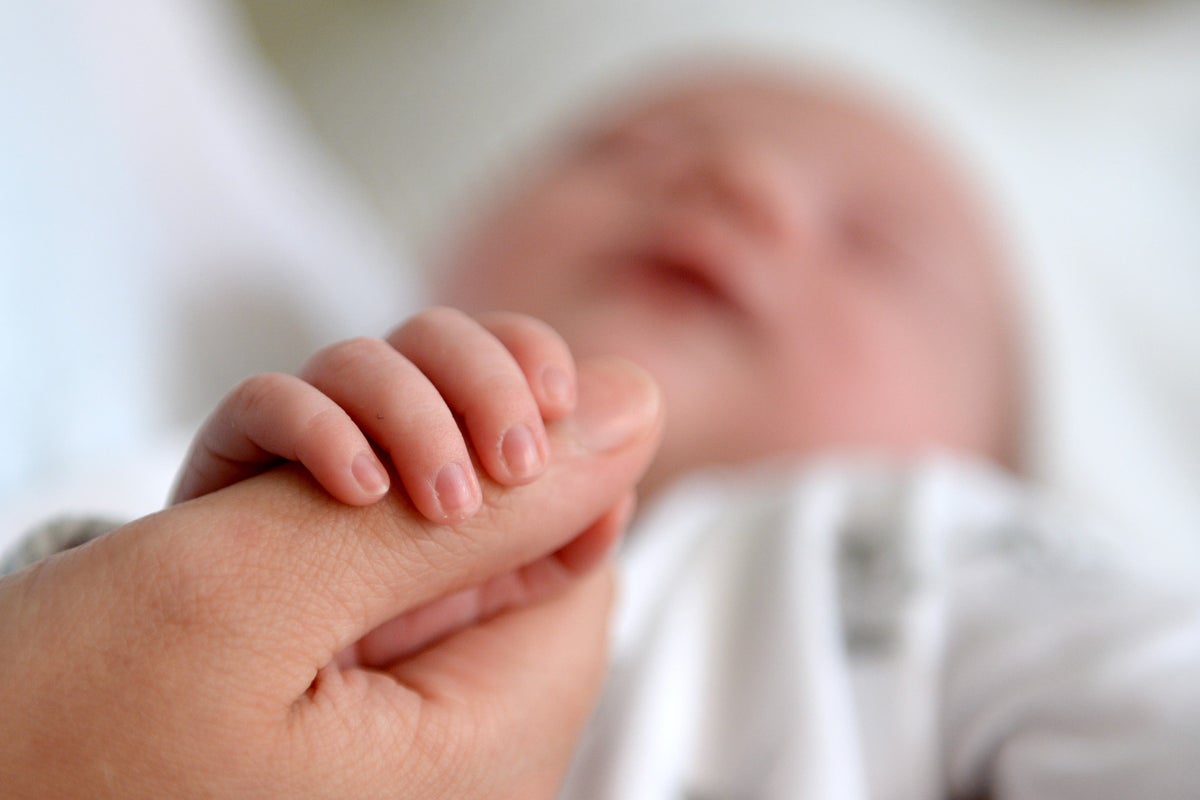
The number of births in England and Wales rose last year - helped by a “notable” jump in babies born to fathers aged 60 and over.
The rise marks the first increase since 2021.
According to the Office for National Statistics (ONS), some 594,677 live births were registered in 2024, up 0.6 per cent from 591,072 in 2023.
Births remain at historically low levels, with 2024 ranking as the third lowest total since 1977. However, this small rise indicates the small downwards trend seen in recent years has come to a halt.
The latest increase in births is not reflected across all parts of England, with five regions seeing a year-on-year fall, including a drop of 1.4 per cent in the North East.

The largest jumps were in West Midlands, up 3.4 per cent, and London, up 1.8 per cent.
While England overall saw a rise of 0.7 per cent in live births, Wales experienced a fall of 2.0 per cent.
There was a “notable increase” in live births to fathers aged 60 and over, the ONS said.
The number jumped by 14 per cent, from 942 births in 2023 to 1,076 in 2024.
By contrast, births to young mothers and fathers fell, continuing a long-term trend that has seen the average age of parents rise steadily for the last 50 years.
Babies born to mothers under the age of 20 dropped year on year by 4.6 per cent, with a 2.4 per cent fall for those aged 20 to 24, while those born to fathers under 20 fell by 0.5 per cent and 3.2 per centrespectively.
Greg Ceely, ONS head of population health monitoring, said: “In 2024, the annual number of births in England and Wales reverses the recent trend of declining births, recording the first increase seen since 2021.
“Despite this overall rise, the number of births to mothers under 30 fell, as people continue to put off having children until later in life.
“The largest decrease is seen amongst those under 20 years old, which fell by almost 5 per cent, while the number of mothers aged 35-39 grew the most.
“A couple of other long-term trends are continuing, such as seeing around half of live births within marriage or civil partnership, and an increase in births to non-UK-born mothers.”







